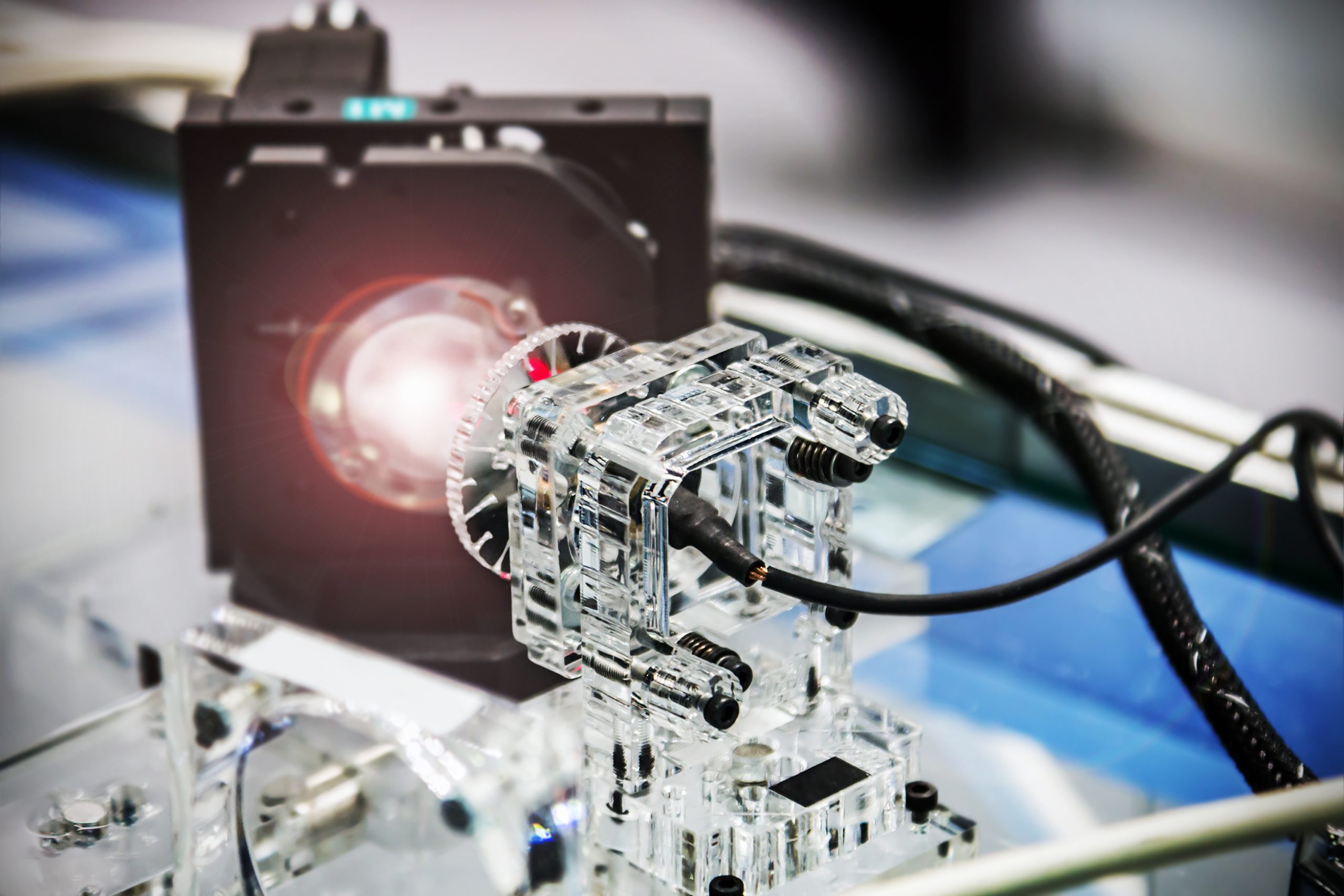
A nanolaser developed by researchers can be used on living cells without damaging them. The nanolaser, created in collaboration with a team from Columbia University, can range in thickness from 50 to 150 nanometers, allowing it to fit and operate properly inside living cells. The tiny lasers function at energy orders of magnitude lower than [..]
Read More
Researchers have created a silicon carbide (SiC) photonic integrated optical chip that can be thermally tuned by applying an electric signal. Phase shifters and tunable optical couplers, which are required for networking apps and quantum information processing, could be made using the method in the future. SiC is becoming more popular even though silicon still [..]
Read More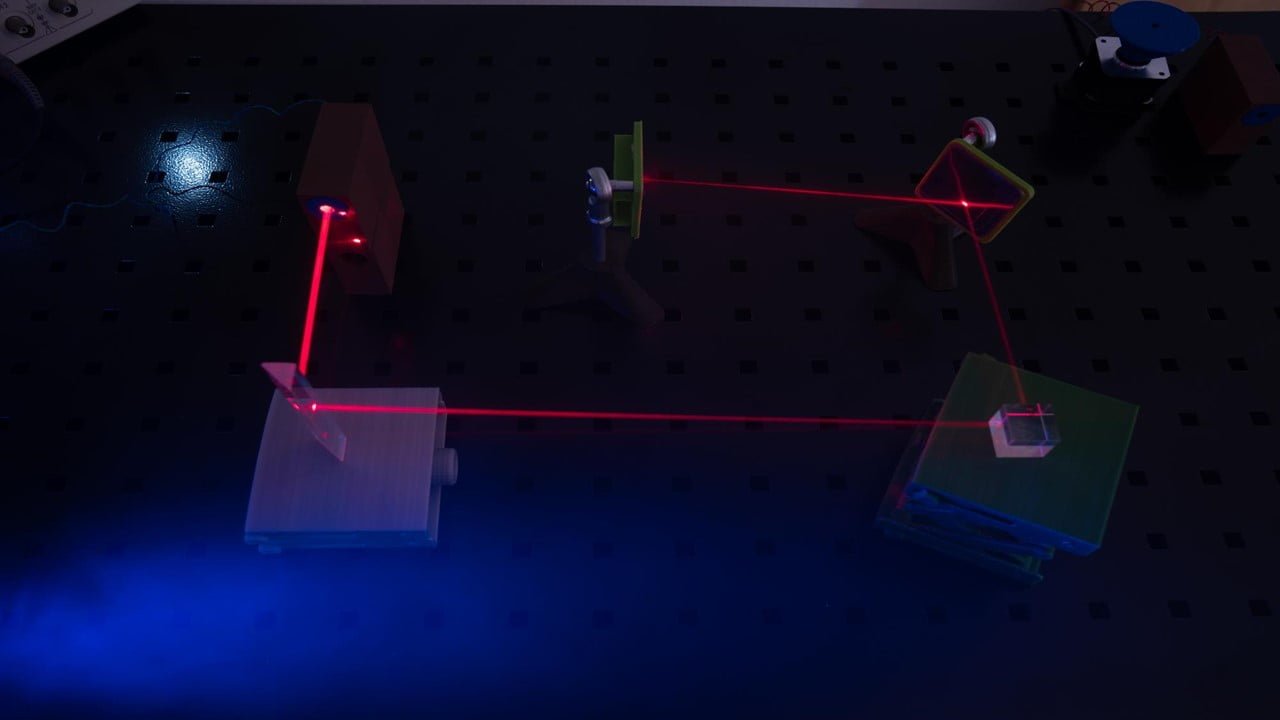
In building, industrial design, and medical technology, the ability to bend glass sheets into angular corners without causing damage to the sheet or impairing the optical properties is appealing. Scientists have been working on a laser-based method to bend glass for some time, and they recently revealed their most recent project accomplishments. Lasers provide the [..]
Read More
An early instance of optical communication, or the transmission of information using light, can be found in the signs sent from lighthouses to ships at sea. Today’s integrated photonics scholars use optical communications principles to create high-tech, light-powered devices (with integrated photonics platform) like lightning-fast computers. One-dimensional metalens, tiny surfaces made of nanostructures to control [..]
Read More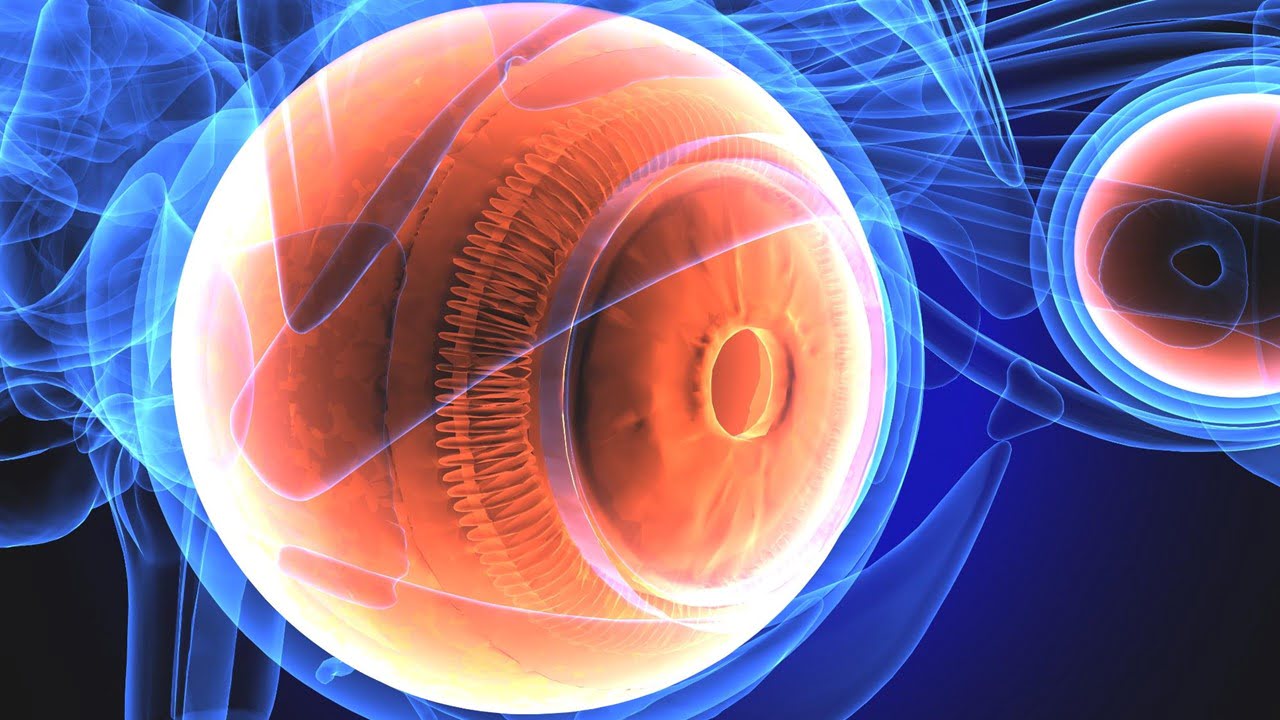
To help clinicians better detect and track eye diseases like glaucoma and age-related macular degeneration, researchers have applied artificial intelligence (AI) deep learning techniques to develop a more precise and in-depth method for analyzing optical coherence tomography (OCT) images of the back of the eye. OCT imaging, frequently used in ophthalmology and optometry, captures high-resolution [..]
Read More
A novel microwave imager chip created by researchers may one day be used in low-cost handheld imagers or cameras. The new imager might help image through walls or find tumors through body tissue because microwaves can pass through some opaque items. The researchers explain how they created an imager chip with more than 1,000 photonic [..]
Read More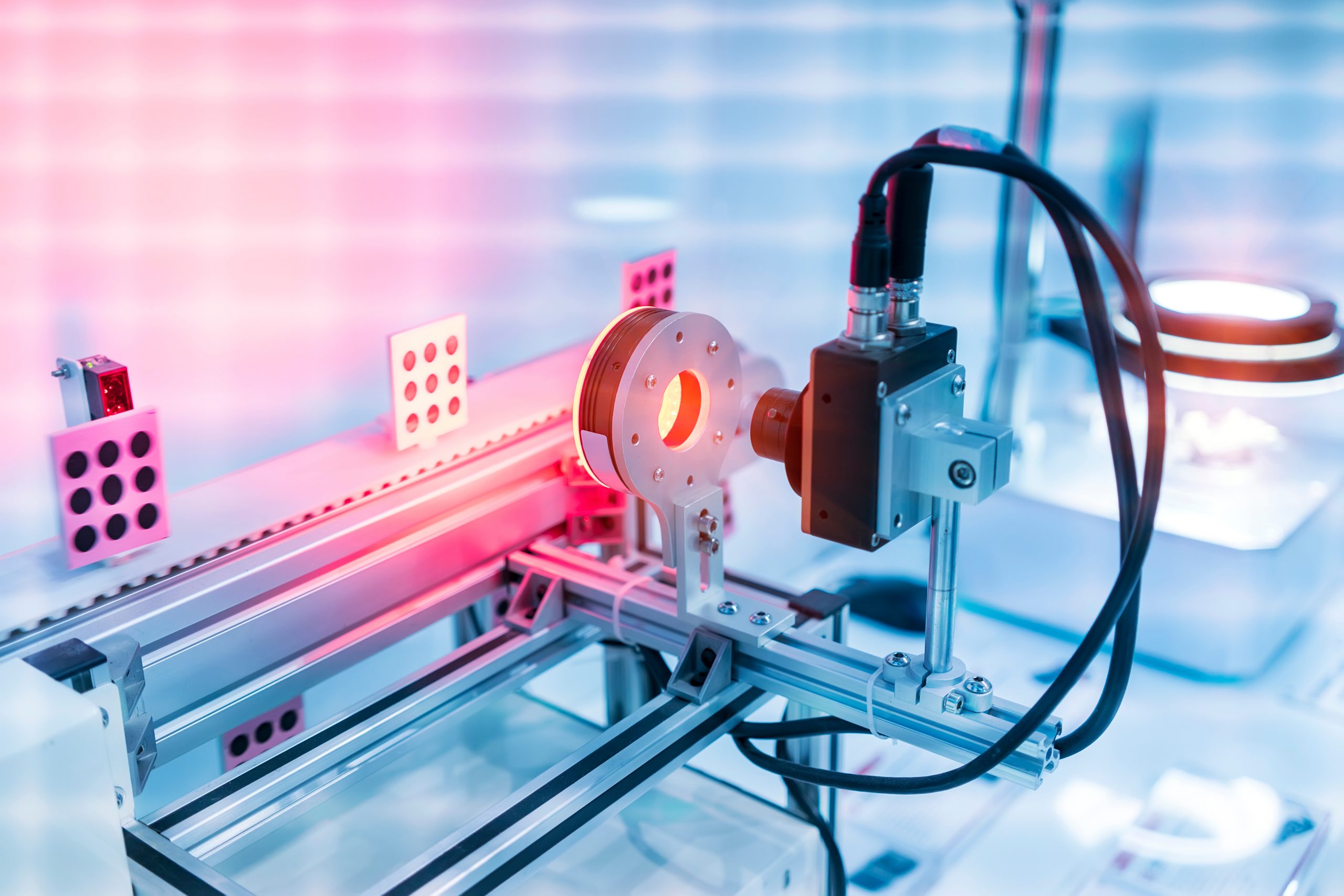
A new stretchable optical lace may make soft robots even softer to the touch. The synthetic material forms a linked sensory network, similar to a biological nervous system, allowing robots to sense how they interact with their surroundings and adjust their actions accordingly. Researchers want to measure stresses and strains in highly deformable objects using [..]
Read More
Moore’s law won’t prevent you from developing better head-mounted displays for augmented reality (AR), but the law of etendue will, according to a member of Microsoft’s AR development team. According to Bernard Kress, a partner optical architect for the computer software business, the unwritten “law” that has guided silicon-chip development for more than 50 years [..]
Read More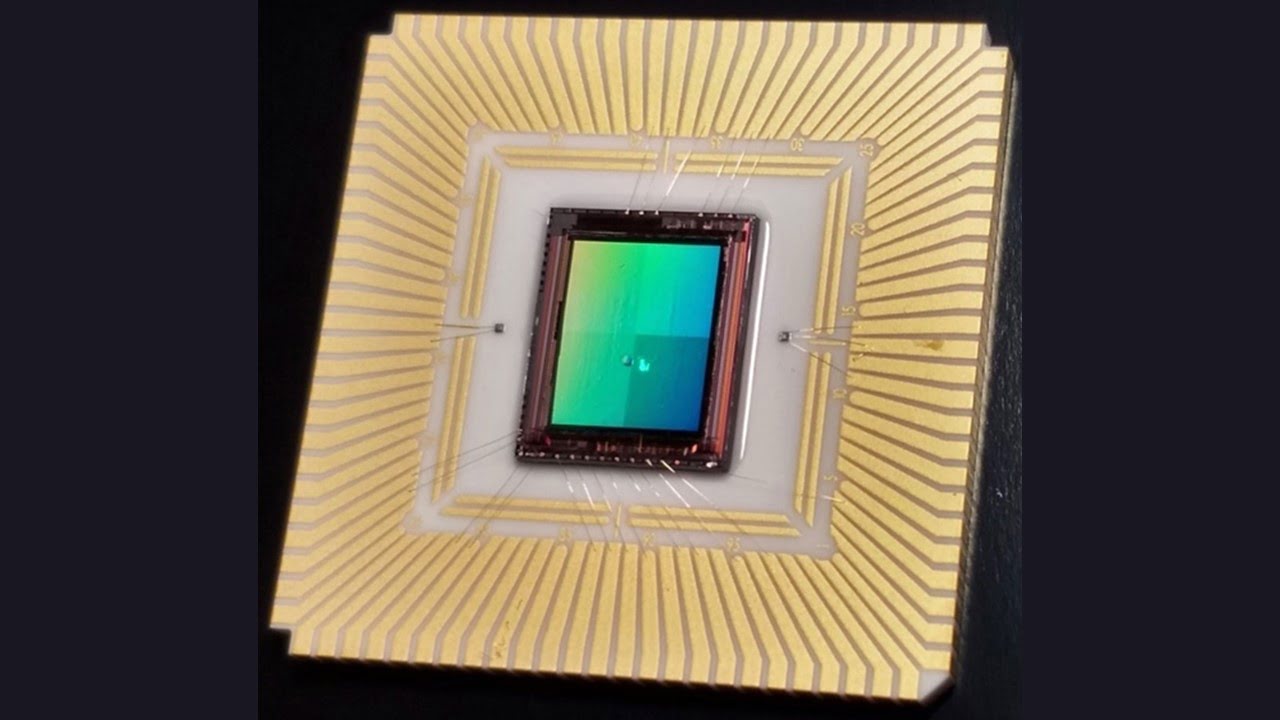
Researchers working to improve infrared sensors say their gold nano-antenna technology is prepared to move from the lab to market development. The team asserts that the novel detectors reduce dark current by as much as two orders of magnitude while increasing sensitivity by a factor of three. The tiny antennas concentrate light onto a much [..]
Read More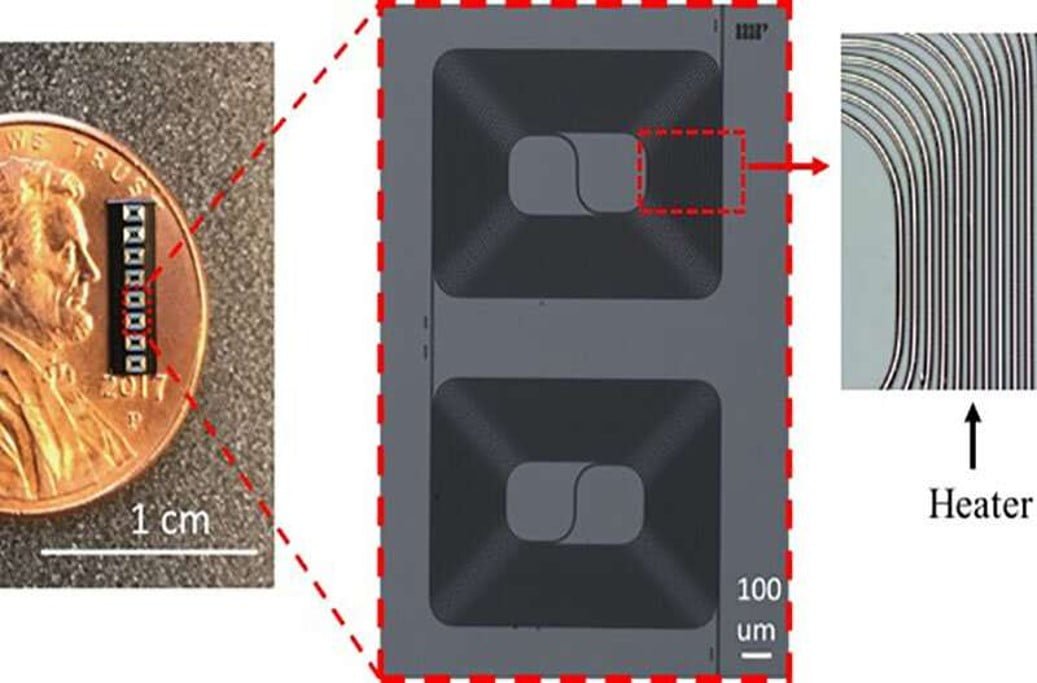
Scientists have used a microchip to scan the back of the eye to diagnose diseases. The interference technology used in the chip has been around for a while; it is similar to bat sonar but uses light pulses instead of sound waves. It is the first instance in which technological challenges have been surmounted to [..]
Read More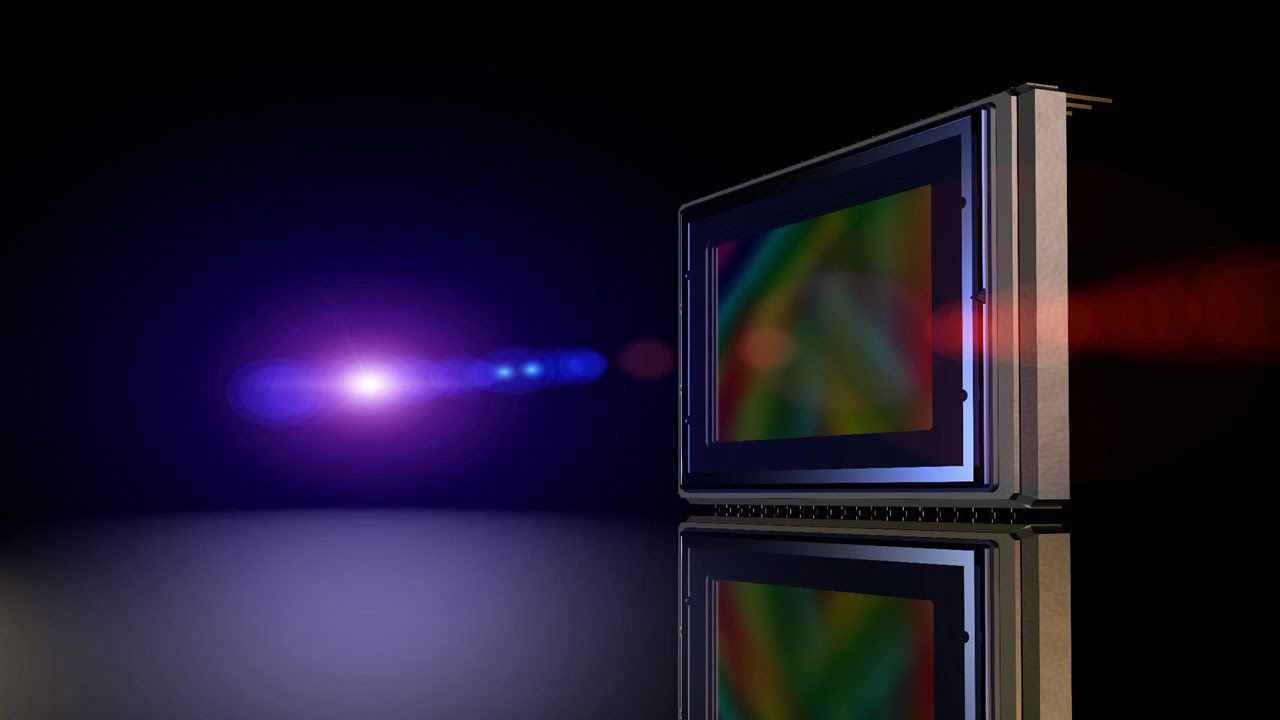
A system that measures a patient’s degree of pain by examining brain activity from a portable neuroimaging device has been created by researchers. The method may assist medical professionals in identifying and managing pain in unconscious and nonverbal patients, potentially lowering the risk of postoperative chronic pain.The researchers outline a technique to measure patient discomfort [..]
Read More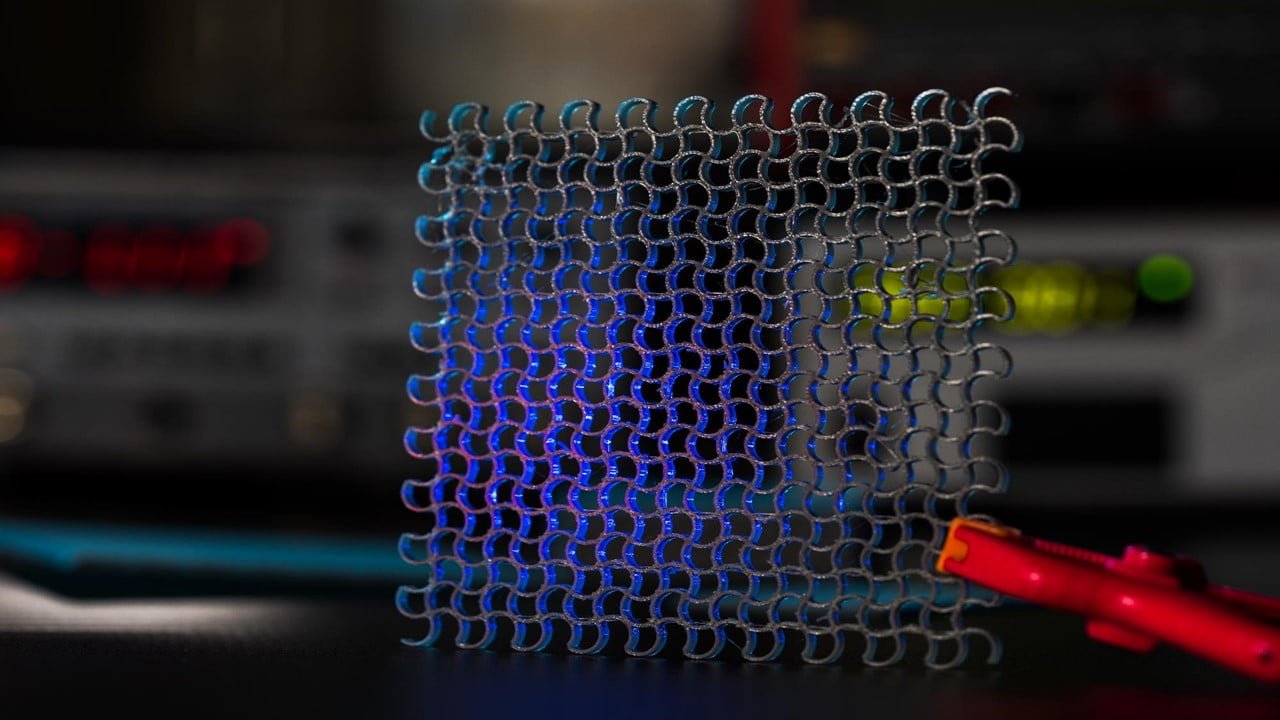
For the first time, scientists have built holograms that can detect the polarization of light using incredibly thin layers of 2-D structures called metasurfaces. For polarization measurements, which are used in spectroscopy, sensing, and communications, the new metasurface holograms could be used to build extremely quick and small devices. Metasurfaces are optical components with features [..]
Read More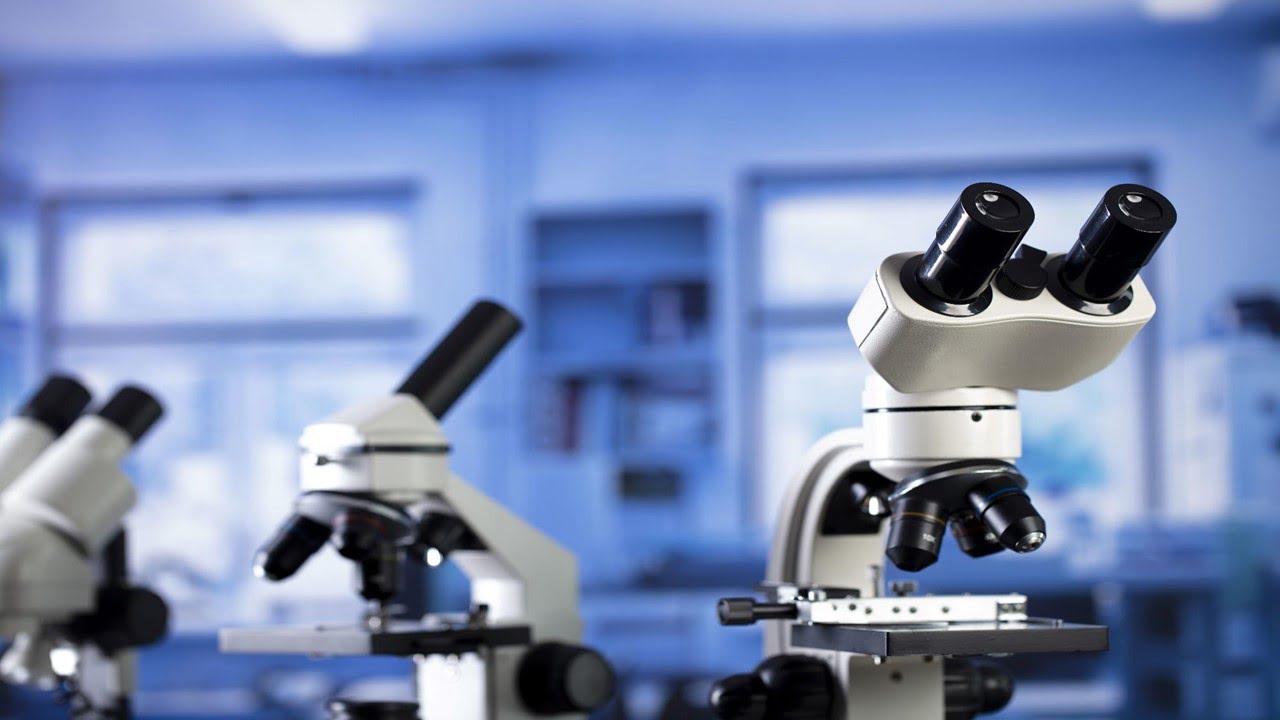
It is still difficult to increase the single-molecule lateral localization precision to molecular scale (2 nm) for high-throughput nanostructure imaging, even though a variety of image-based central position estimation (centroid fitting) methods, such as 2D Gaussian fitting methods, have been widely used in single-molecule localization microscopy (SMLM) to determine the location of each fluorophore precisely. [..]
Read More
Tip-enhanced resonance Raman spectroscopy (TERRS) has been demonstrated by research. The results suggest that TERRS could offer a new approach for the atomic-scale optical characterization of local electronic states. On extremely thin zinc oxide layers that were epitaxially grown on an Ag(111) surface and in which both physical and chemical enhancement mechanisms were in operation, [..]
Read More
Since the advent of digital computing, scientists have imagined creating artificial neural networks that would handle challenging issues by functioning like biological brains. Researchers have attempted to build neural networks that would operate at the speed of light as nanophotonic circuits became a reality. However, translating the nonlinear activation function, a crucial mathematical element of [..]
Read More
Due to its capacity to recover oxy- and deoxyhemoglobin concentrations, functional near-IR imaging is a promising method for neuroimaging and brain mapping. However, because tissues naturally scatter much NIR light, strategies to improve image clarity and quantitative accuracy must be considered. The functional near-IR spectroscopy (fNIRS)-based optical imaging of the brain has recently undergone what [..]
Read More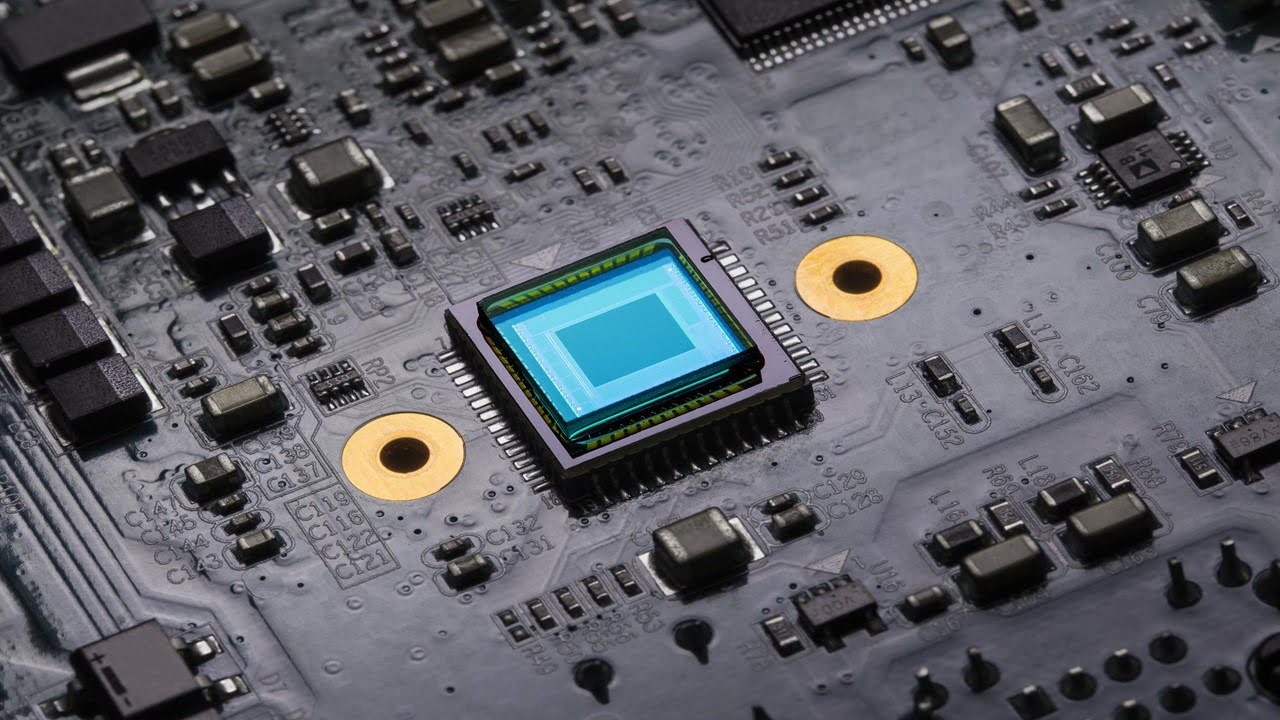
Researchers have created the first completely integrated, non-dispersive infrared (NDIR) gas sensor, made possible by metamaterials, specially engineered synthetic materials. The optical gas sensor is among the smallest NDIR sensors ever made, needs little energy to operate, and has no moving parts. The sensor is perfect for new Internet of Things and smart house gadgets [..]
Read More
To improve the detection of pathogens with difficult-to-distinguish molecular fingerprints, such as HIV and viruses that cause respiratory tract infection, sensors in diagnostic tools require nanoscale light manipulation. However, there is no way to make these light manipulation devices without damaging the sensors. Recognizing this, researchers created 3D plasmonic nanoarrays, light manipulation devices that can [..]
Read More
Using machine learning, biomedical engineers have developed a technique to improve optical coherence tomography (OCT) resolution to a single micrometer in all dimensions, even in a living patient. The multibillion-dollar optical coherence tomography (OCT) market could benefit from the new optical coherence refraction tomography (OCRT) method by getting better medical images for fields like oncology [..]
Read More
Scientists are using data science tools to study molecular activity faster than traditional fluorescence correlation spectroscopy (FCS) allows. While FCS estimates dynamical quantities, it requires high signal-to-noise ratios and time traces in the microsecond range. The researchers are using Bayesian analysis to overcome the limitations of fluorescent correlative methods in deducing molecular properties such as [..]
Read More